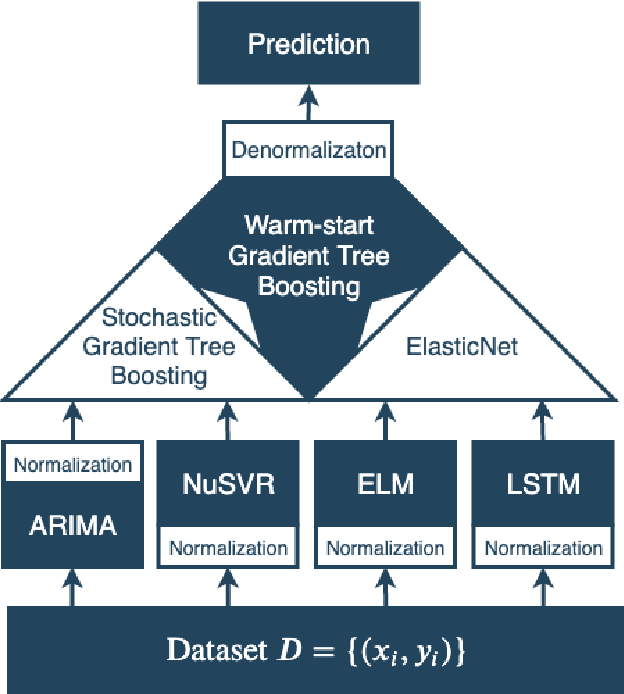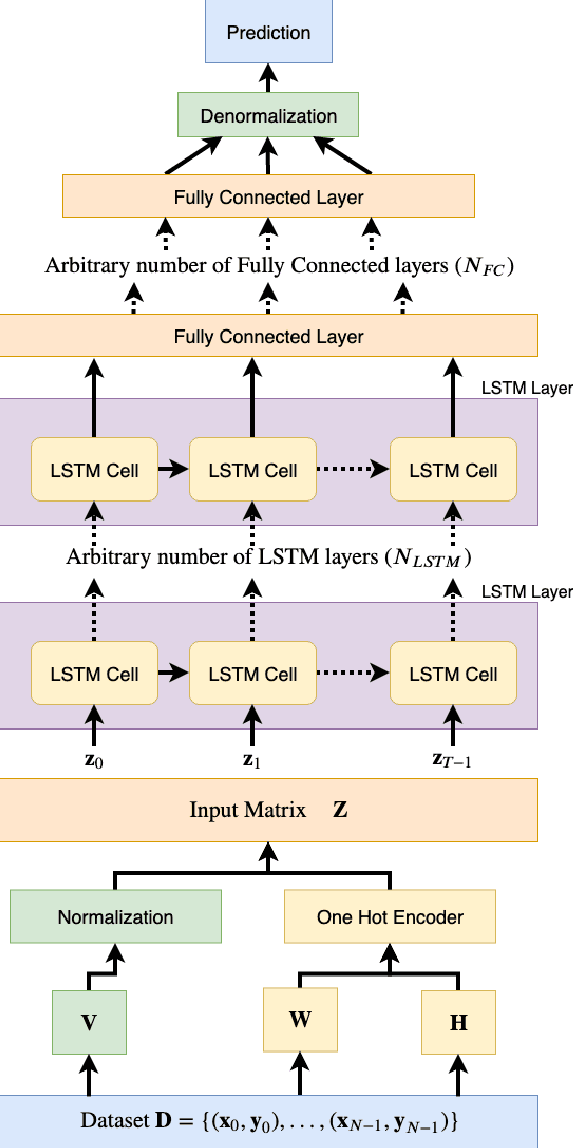Yuexin Zhang
Knowledge-aware Graph Transformer for Pedestrian Trajectory Prediction
Jan 10, 2024



Abstract:Predicting pedestrian motion trajectories is crucial for path planning and motion control of autonomous vehicles. Accurately forecasting crowd trajectories is challenging due to the uncertain nature of human motions in different environments. For training, recent deep learning-based prediction approaches mainly utilize information like trajectory history and interactions between pedestrians, among others. This can limit the prediction performance across various scenarios since the discrepancies between training datasets have not been properly incorporated. To overcome this limitation, this paper proposes a graph transformer structure to improve prediction performance, capturing the differences between the various sites and scenarios contained in the datasets. In particular, a self-attention mechanism and a domain adaption module have been designed to improve the generalization ability of the model. Moreover, an additional metric considering cross-dataset sequences is introduced for training and performance evaluation purposes. The proposed framework is validated and compared against existing methods using popular public datasets, i.e., ETH and UCY. Experimental results demonstrate the improved performance of our proposed scheme.
Short-term Load Forecasting Based on Hybrid Strategy Using Warm-start Gradient Tree Boosting
May 23, 2020



Abstract:A deep-learning based hybrid strategy for short-term load forecasting is presented. The strategy proposes a novel tree-based ensemble method Warm-start Gradient Tree Boosting (WGTB). Current strategies either ensemble submodels of a single type, which fail to take advantage of statistical strengths of different inference models. Or they simply sum the outputs from completely different inference models, which doesn't maximize the potential of ensemble. WGTB is thus proposed and tailored to the great disparity among different inference models in accuracy, volatility and linearity. The complete strategy integrates four different inference models (i.e., auto-regressive integrated moving average, nu support vector regression, extreme learning machine and long short-term memory neural network), both linear and nonlinear models. WGTB then ensembles their outputs by hybridizing linear estimator ElasticNet and nonlinear estimator ExtraTree via boosting algorithm. It is validated on the real historical data of a grid from State Grid Corporation of China of hourly resolution. The result demonstrates the effectiveness of the proposed strategy that hybridizes statistical strengths of both linear and nonlinear inference models.
 Add to Chrome
Add to Chrome Add to Firefox
Add to Firefox Add to Edge
Add to Edge